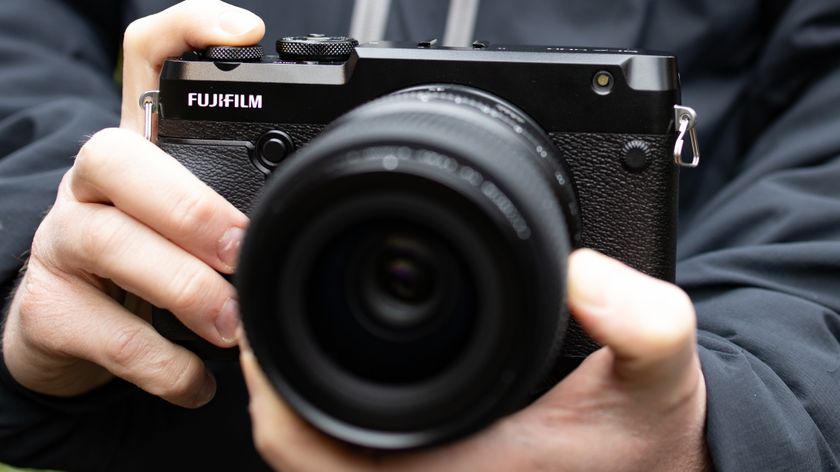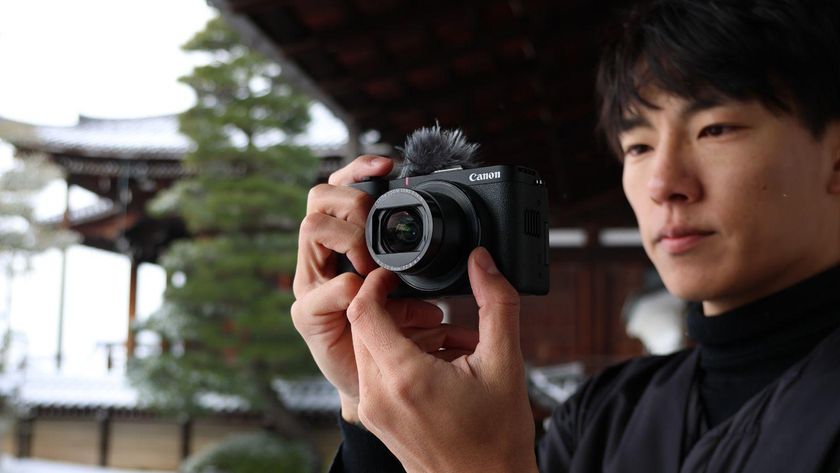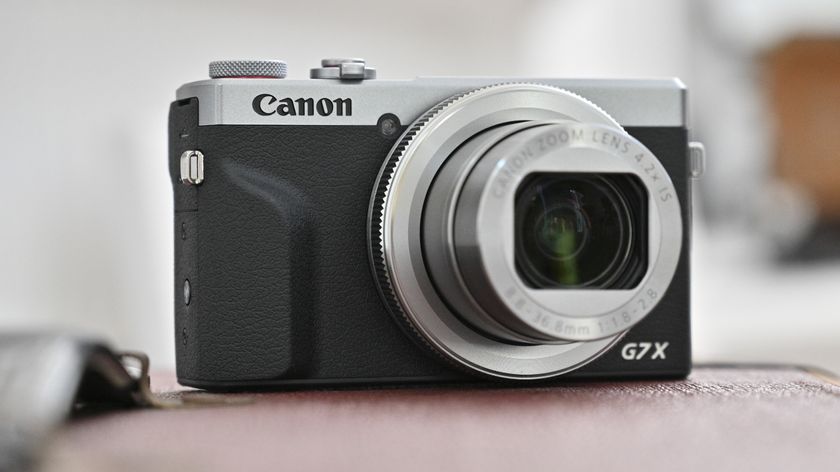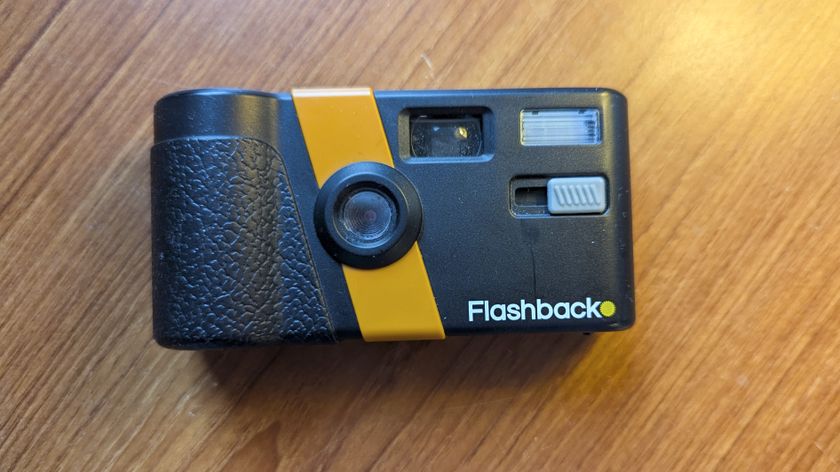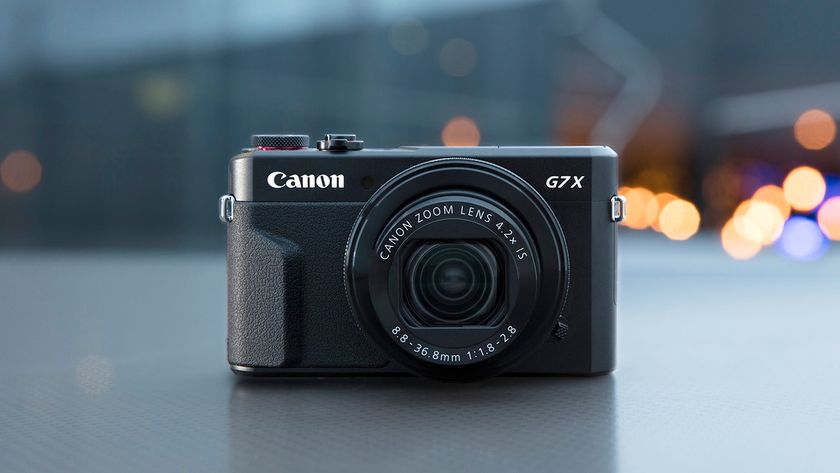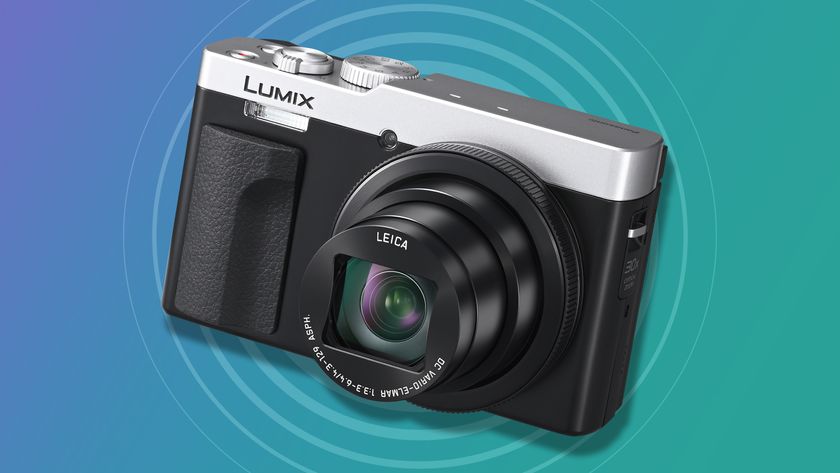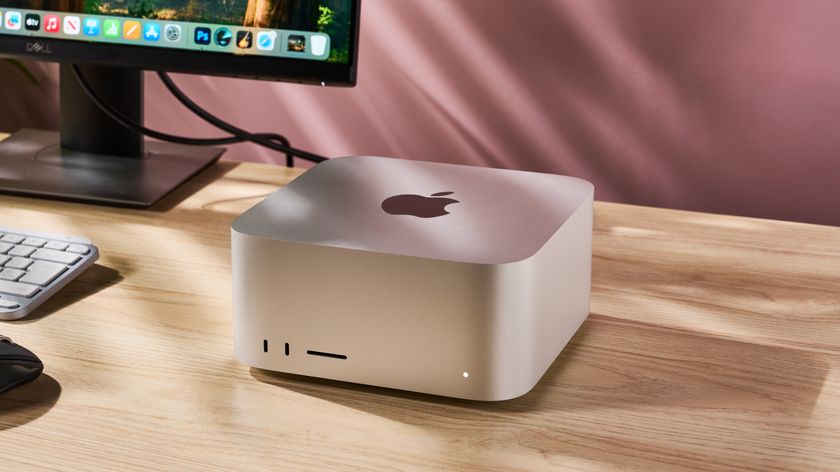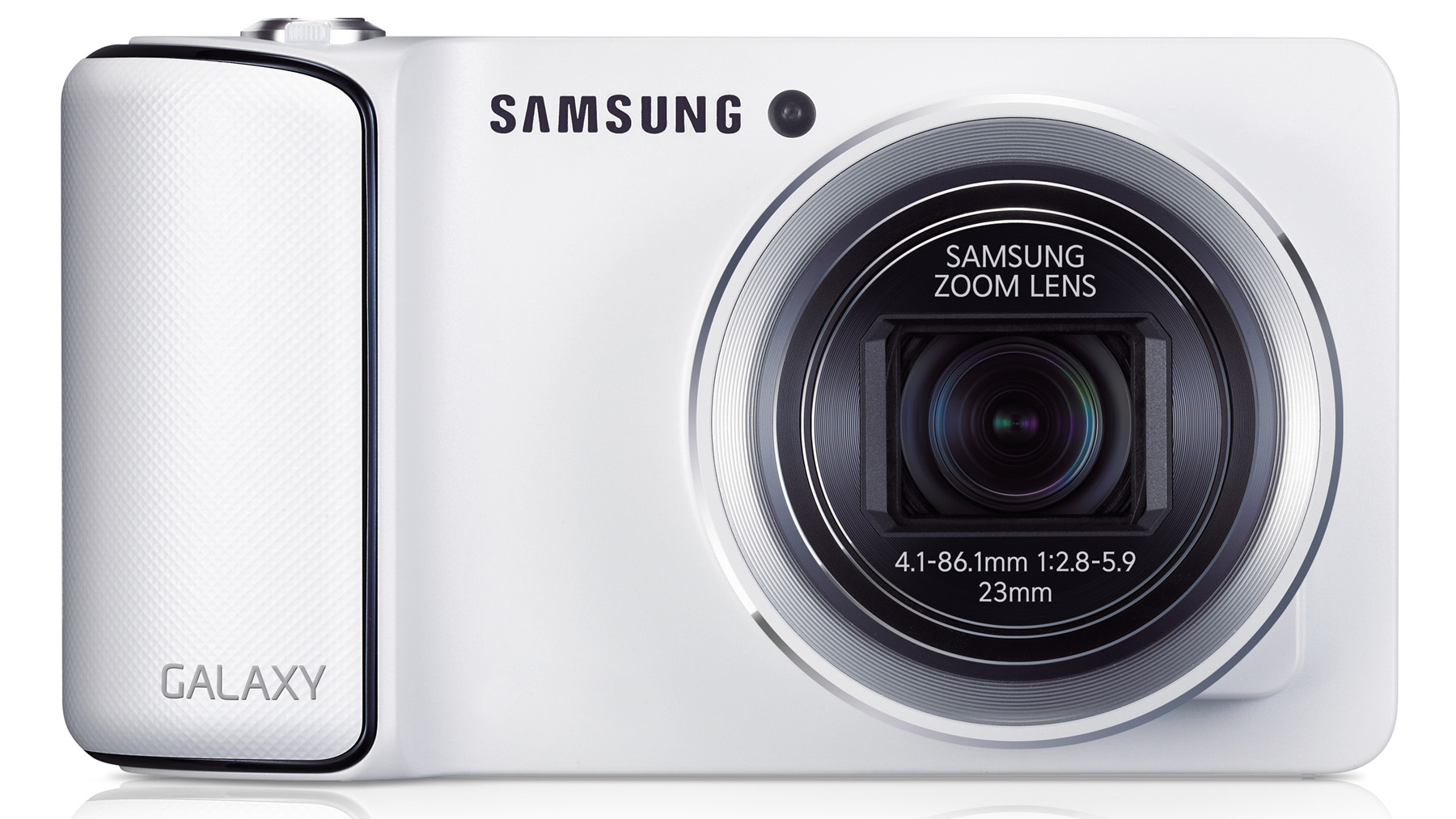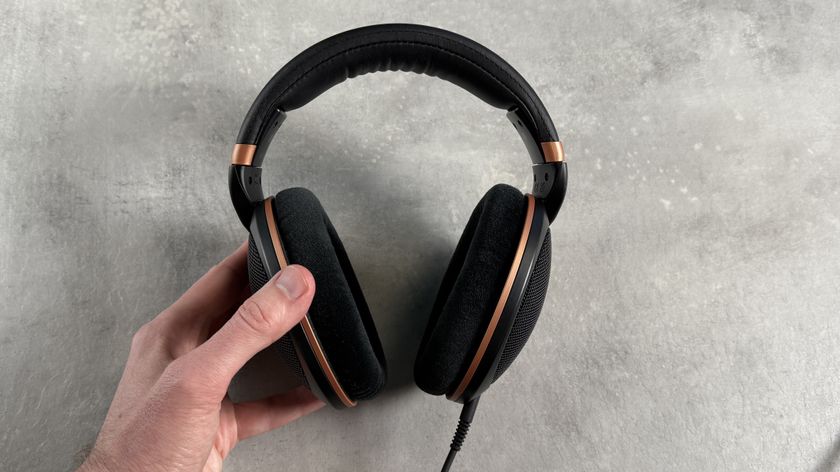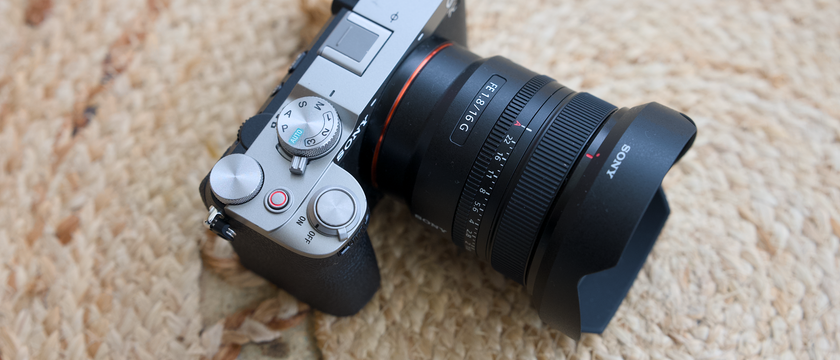Why you can trust TechRadar
We shoot a specially designed chart in carefully controlled conditions and the resulting images are analysed using DXO Analyzer software to generate the data to produce the graphs below.
A high signal to noise ratio (SNR) indicates a cleaner and better quality image.
For more more details on how to interpret our test data, check out our full explanation of our noise and dynamic range tests.
Here we compare the Samsung Galaxy Camera with the Nikon S800c, Panasonic TZ30 and Nikon S6400.
Signal to noise ratio
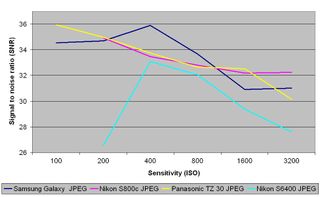
These results show that the Samsung Galaxy Camera's JPEG files have a better signal to noise ratio than those from the Nikon S800c, Panasonic TZ30 and Nikon S6400 at mid-range sensitivities, but they perform less impressively at ISO 100-200 and at ISO 1600 and above, only beating the Nikon S6400 at these settings, as well as the Panasonic at ISO 3200.
Dynamic range
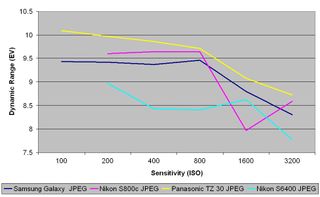
JPEG results for dynamic range are more consistent than those for signal to noise ratio, with a less pronounced peak and plummet. The Samsung Galaxy Camera produces results most similar to the Nikon S800c, less impressive than the Panasonic TZ30 and with a greater range than the Nikon S6400. The Samsung has less dynamic range in its images than the Nikon S800c at ISO 200-800 and at ISO 3200, but beats it at ISO 1600.
Current page: Noise and dynamic range
Prev Page Image quality and resolution Next Page Sample images